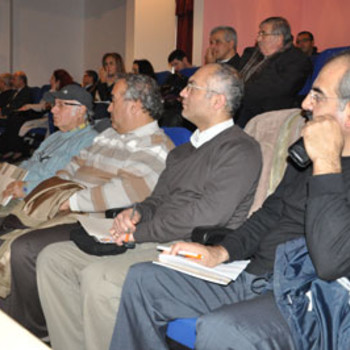How is mathematics used in agriculture?
1 Answer
To determine optimum quantities of fertilizers.
Explanation:
Fertilizers are needed to harvest products in optimum quantity. In order to provide optimum levels to the plant of concern, you should know levels of elements available in your soil. Nitrogen and phosphorus are two fertilizers that should be supplied by fertilizers.
NH4 (ammonium ion) plus NO3 (nitrate) increased wheat yields 7 to 47% in 14 studies. Animal manures and other types of organic waste may be important sources of nitrogen for optimum plant growth. The amount of nitrogen supplied by application of manure varies with the type of livestock, handling, rate (pounds per acre) applied, and method of application. Because the nitrogen form and content of manures varies notably, an analysis of manure is recommended to improve nitrogen management. Optimum levels should be know.
Crop residues from non-leguminous plants also contain some nitrogen, but in relatively small amounts compared with legumes. Nitrogen exists in crop residues in complex organic forms and the residue must decay (a process that can take several years) before nitrogen is made available for plant use.
Soil organic matter is another major source of nitrogen used by crops. Soil organic matter is composed primarily of rather stable material called humus that has collected over a long period of time. Easily decomposed portions of organic material disappear pretty quickly, leaving behind residues more resistant to decompose. Soils contain more or less 2,000 pounds nitrogen in organic forms for each percent of organic matter. Decomposition of this portion of soil organic matter proceeds at a rather slow rate and frees about 20 lb N/acre/year for each percent of organic matter. A credit for the amount of N released by organic matter is built into current University of Minnesota N guidelines.
In addition to nitrogen, phosphorus should also be known. There is a soil phosphorus level of 400 to 2000 kg per hectares. Phosphate fertilizers might add up to 1000 kilograms per hecrate. In order to compute optimum levels of such elements, mathematics is always used.
Another applciation is irrigation water quality such as sodium adsorption ratio (SAR or adjusted SAR) to compute your irrigation water quality. There are formulas developed to compute SAR or adj SAR. These are mathematical formulas.
Reference:
Understanding Nitrogen in Soils (2017). University of Minnesota Extension. Available on the internet: www(dot)extension(dot)umn(dot)edu(slash)agriculture(slash)nutrient(dash)management(slash)nitrogen(slash)understanding(dash)nitrogen(dash)in(dash)soils(slash)

